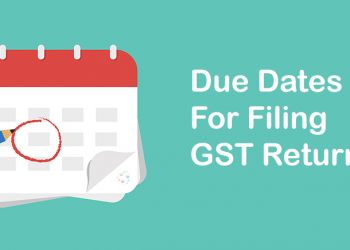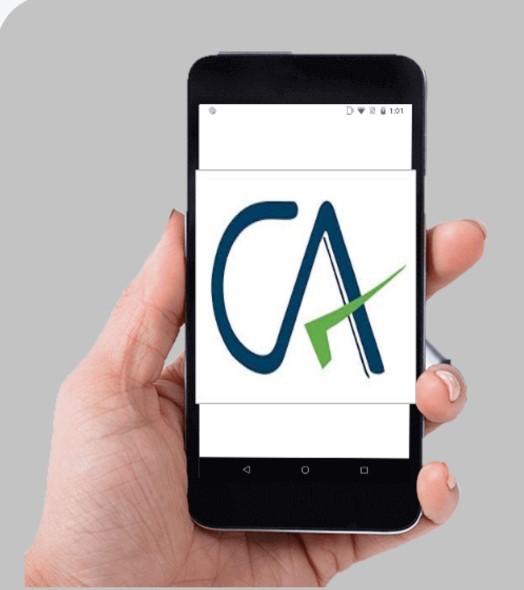Introduction
“Other Non-Current Assets” is a broad category in the balance sheet that encompasses a variety of items expected to yield economic benefits beyond the company’s operating cycle but do not qualify as fixed or intangible assets. Examples include deferred revenue expenditure, security deposits, long-term prepaid expenses, and advance payments. These items, while often not the focal point of financial scrutiny, can significantly impact financial reporting and require careful auditing.
This comprehensive guide delves into auditing procedures, legal frameworks, and practical examples to help auditors address the nuances and complexities associated with “Other Non-Current Assets.”
Key Objectives of Auditing Other Non-Current Assets
- Verification of Existence and Accuracy
Ensure all assets categorized as non-current genuinely exist and are accurately recorded. - Compliance with Laws and Standards
Confirm compliance with applicable sections of the Companies Act, 2013, Schedule III, and relevant Accounting Standards (AS). - Preventing Misclassification
Identify and rectify any misclassified items to ensure proper categorization between non-current and current assets. - Assessment of Recoverability
Evaluate whether these assets will deliver their intended economic benefits and assess impairments where necessary. - Transparency in Disclosure
Ensure disclosures are clear, detailed, and comply with legal and regulatory requirements to provide stakeholders with reliable financial information.
Detailed Audit Procedures
- Understanding the Nature of Assets
- Review the company’s policy on recognizing and recording these assets.
- Evaluate the rationale behind classifying specific items under “Other Non-Current Assets.”
- Examination of Supporting Documentation
- Security Deposits: Verify agreements and confirm balances with third parties.
- Deferred Revenue Expenditure: Assess the rationale and benefits of deferring expenses and review amortization schedules.
- Prepaid Expenses: Validate the allocation of costs over the periods they benefit.
- Confirmation of Valuation and Classification
- Check valuation methods to ensure alignment with applicable accounting standards.
- Test classification to confirm assets are not mistakenly recorded under incorrect headings.
- Analytical Procedures
- Perform year-over-year trend analysis to identify inconsistencies or anomalies.
- Compare industry norms for similar items to ensure reasonableness.
- Assessment of Impairments
- Evaluate the recoverability of deferred expenses or security deposits.
- Identify potential impairments and verify adjustments in financial statements.
- Verification of Related Party Transactions
- Ensure transactions involving related parties are transparent and appropriately disclosed in the financial statements.
- Internal Control Evaluation
- Assess whether internal controls around recording and monitoring non-current assets are robust and effective.
- Test controls using sample transactions.
Legal Framework
- Companies Act, 2013
- Section 128 – Books of Account:
Requires proper documentation for all entries, ensuring traceability and accuracy. - Section 129 – Financial Statements:
Mandates financial statements to give a true and fair view, emphasizing compliance with Schedule III requirements for disclosures. - Section 134 – Director’s Responsibility:
Directors must certify that all assets, including non-current items, are fairly stated and adhere to accounting principles. - Section 143 – Auditor’s Role:
Auditors are required to verify the authenticity, valuation, and classification of non-current assets to detect misstatements.
- Schedule III of the Companies Act, 2013
- Provides a structured format for the presentation of financial statements.
- Emphasizes disclosure requirements for significant items under “Other Non-Current Assets,” including their nature, amounts, and movements.
- Accounting Standards (AS)
- AS 10 – Property, Plant, and Equipment: Ensures fixed assets are distinct from other non-current assets.
- AS 26 – Intangible Assets: Requires proper identification and immediate expense recognition for items not meeting intangible asset criteria.
- AS 29 – Provisions, Contingent Liabilities, and Contingent Assets: Governs the recognition and disclosure of contingent assets related to non-current items.
- GST Compliance
- Any input tax credits related to prepaid or deferred expenses must align with GST laws, including CGST Act, 2017 provisions.
- Income Tax Act, 1961
- Sections like 35D prescribe rules for deferred expenses, ensuring alignment between book and tax treatments.
- ICAI Standards on Auditing (SAs)
- SA 500: Emphasizes gathering sufficient and appropriate audit evidence.
- SA 530: Guides sampling for audit testing.
- SA 550: Governs audits of related party transactions, often involving non-current assets.
Practical Examples
Example 1: Deferred Advertisement Expenditure
- Scenario: ₹10 lakhs spent on a marketing campaign was deferred as it is expected to yield benefits over two years.
- Audit Approach:
- Assess the reasonableness of the deferral based on expected benefits.
- Verify amortization entries for accuracy.
- Insight: Inappropriate deferrals could lead to financial misstatements.
Example 2: Long-Term Security Deposits
- Scenario: ₹20 lakhs deposited for leased equipment.
- Audit Approach:
- Match the deposit amount with lease agreements.
- Confirm with lessors for outstanding balances.
- Insight: Non-recoverable deposits should be impaired.
Example 3: Prepaid Rent for 3 Years
- Scenario: ₹12 lakhs paid upfront for a three-year lease.
- Audit Approach:
- Validate lease agreements for duration and terms.
- Ensure systematic allocation over the lease period.
- Insight: Misallocation may lead to overstated expenses in certain periods.
Example 4: GST Input Credit on Long-Term Expenses
- Scenario: Input tax credit of ₹5 lakhs related to deferred legal expenses.
- Audit Approach:
- Reconcile with GST returns.
- Verify proper recognition and amortization of the related expenses.
- Insight: Incorrect treatment of GST could lead to compliance issues.
Example 5: Unamortized Loan Processing Fees
- Scenario: ₹3 lakhs in processing fees for a 5-year loan.
- Audit Approach:
- Review loan agreements.
- Verify amortization schedules and proper accounting of early repayments.
- Insight: Early loan closures require immediate write-offs.
Example 6: Vendor Advances for Equipment
- Scenario: ₹10 lakhs advance paid for machinery yet to be delivered.
- Audit Approach:
- Validate purchase orders and vendor terms.
- Ensure proper follow-up and classification.
- Insight: Long-standing advances should be reclassified or impaired.
Example 7: Deferred Insurance Costs
- Scenario: ₹8 lakhs paid for long-term insurance.
- Audit Approach:
- Ensure expenses are spread over the insurance period.
- Validate agreements with the insurer.
- Insight: Misallocation inflates expenses in certain periods.
Example 8: Deferred Tax Asset Misclassification
- Scenario: Deferred tax assets of ₹4 lakhs wrongly recorded under other non-current assets.
- Audit Approach:
- Reclassify under proper headings.
- Validate the legitimacy of deferred tax calculations.
- Insight: Misclassifications breach compliance and mislead stakeholders.
Conclusion
Auditing “Other Non-Current Assets” requires meticulous planning, a deep understanding of regulatory requirements, and a systematic approach to testing. Practical examples highlight common pitfalls and provide insights into addressing complex scenarios. A robust audit ensures compliance, transparency, and the reliability of financial statements, strengthening the confidence of stakeholders and meeting legal obligations.
Author
CA Sourabh Kothari (C.A., B.Com)
He is currently working as Partner – Risk and Transaction advisory with a renowned firm in Jaipur having experience in Internal Audit, IFC Audit, Business consultancy, Due Diligence and Management consultancy.
E-mail: Sourabh.kothari@jainshrimal.in | LinkedIn: Sourabh Kothari












